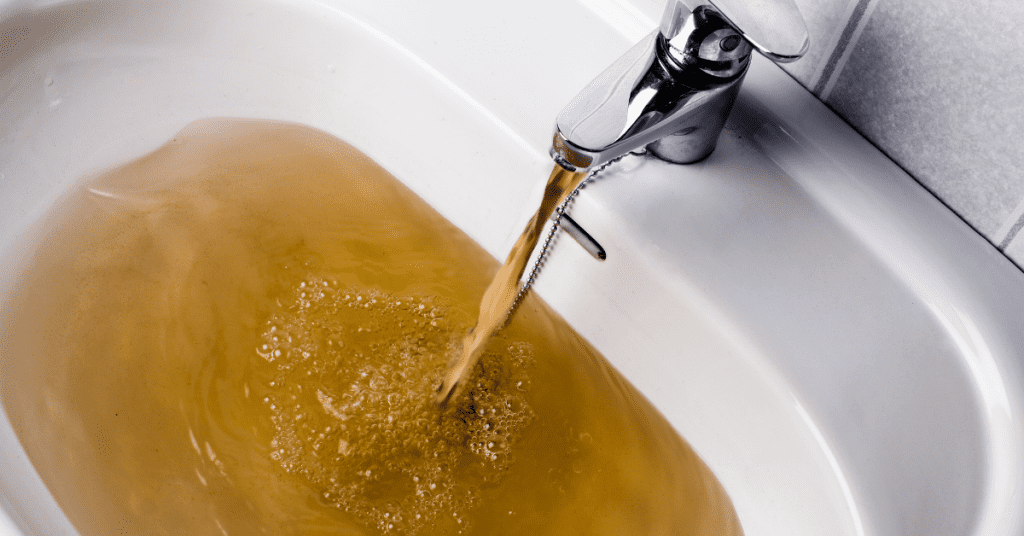A commentary by Eldon C. Muehling
In a recent article written by Joan Rose, Principal Investigator for Michigan State University’s Water Research, she again reminded us that most Americans take the quality of our drinking water for granted. We accept it as a convenience of modern life. This is true until something goes wrong with it… and there are always new challenges.
If 8% of the nation’s water does not meet EPA Standards, that is 2.3 billion gallons of contaminated water.
As an example of this, researchers at Northeastern University and EWG (Environmental Working Group) recently reported that 43 states have sites where water is contaminated with PFAS (toxic fluorinated compounds).
Another example: in the Central Valley of California, many of the farm workers there are forced to buy bottled water because their tap water contains unsafe levels of agricultural chemicals such as nitrates and arsenic! These contaminants have been linked to elevated risks of infant death and cancer in adults.
Joan Rose wrote that “As a scientist specializing in water quality, I believe water providers and regulators can’t afford to be complacent. So I was distressed to hear EPA Administrator Andrew Wheeler tout the quality of drinking water in the U.S. in an interview on March 20, 2019. ‘I want to make sure the American public understands 92 percent of the water everyday meets all the EPA requirements for safe drinking water,’ Wheeler said.”

When you do the math on this the results are pretty frightening. If 8% of the nation’s water does not meet EPA Standards, that is 2.3 billion gallons of contaminated water. That’s enough to fill a quarter of a million bathtubs full!
Wow! Not a pretty picture. Most of the people drinking contaminated water probably don’t even know it. Many sicknesses and diseases of known (and unknown) causes are linked to contaminants in the water.
Knowing this should make more people care about the water they consume. I think most of us would prefer not just “safe” but actually healthy drinking water.
As a practical matter, the problem of water quality in a person’s home must be assumed as a personal problem. Even if the water at the municipal water supply was absolutely pure, by the time this water was pumped through miles of pipes, it could be re-contaminated with the contaminants in the pipes (like bacteria that has grown inside them) and from the pipes themselves (such as lead, copper and asbestos).
The good news is that all the water in your home does not need to be of the same quality. Water for consumptive uses comprises less than 1% of the water you use. The quality of the work water (water for washing dishes and clothing, bathing etc.) often needs some treatment such as softening or carbon filtration for better cleaning, but for outdoor use, utility water is usually adequate. This simplifies the water quality problem considerably.
“Mostly Safe” drinking water isn’t good enough for us, and it’s not good enough for you. We want healthy drinking water for ourselves and our families! The best treatment method of water for consumptive uses is distillation.
Take a moment to check out our convenient countertop water distillers or automatic water distillers that can provide water directly to a spigot in your kitchen!
or




Leave a Reply